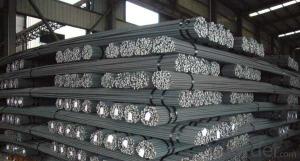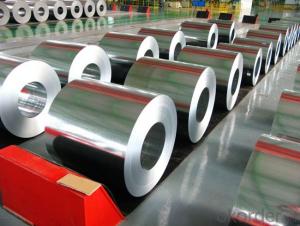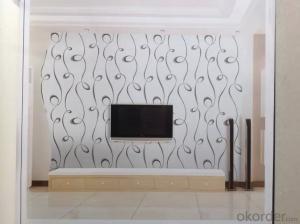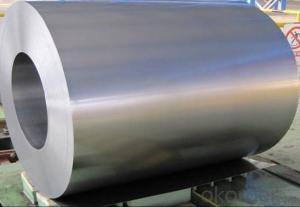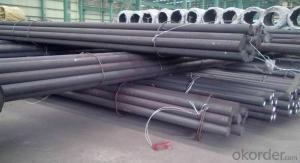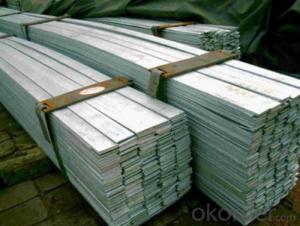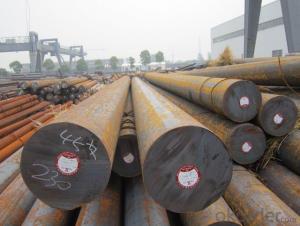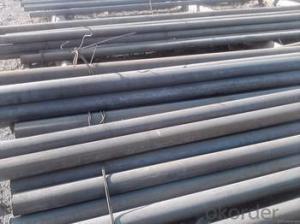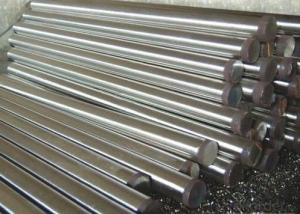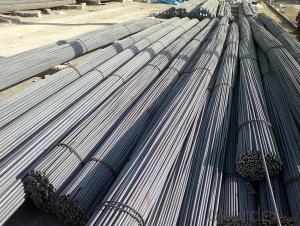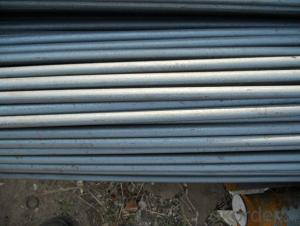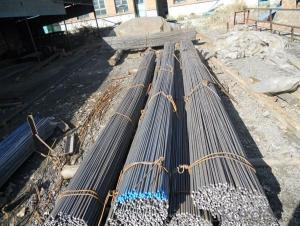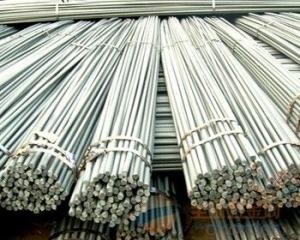T16 Steel Bar
T16 Steel Bar Related Searches
H S Code For Stainless Steel Surface Grinding Wheels For Hardened Steel Hole Saw For Stainless Steel Step Bit For Stainless Steel Transformers For Lights In Ceiling Led Lamps For Ceiling Stainless Steel Box With Lid Stainless Steel Bucket With Lid Ceiling Plate For Hanging Light Decorative Lights For CeilingHot Searches
Steel Mesh Panels For Sale Type Of Inverter For Solar Price Of Shipping Containers For Sale Types Of Inverter For Solar Aluminum Bar Stock For Sale Bags Of Cement For Sale Types Of Temporary Side Panels For Cement Deck Cost Of Awnings For Decks Type Of Scaffolding With Pdf Price Of Scrap Stainless Steel Price Of Stainless Steel Scrap Price Of Stainless Steel Galvanized Steel Scrap Price Type Of Stainless Steel Types Of Stainless Steel Grades Types Of Stainless Steel Aluminum Corp Of China Stock Types Of Scaffolding In Construction Pdf Stainless Steel Factory Stainless Steel TypeT16 Steel Bar Supplier & Manufacturer from China
Okorder.com is a professional T16 Steel Bar supplier & manufacturer, offers integrated one-stop services including real-time quoting and online cargo tracking. We are funded by CNBM Group, a Fortune 500 enterprise and the largest T16 Steel Bar firm in China.Hot Products
FAQ
- The different surface hardness options for steel round bars depend on the specific heat treatment processes used. Common options include annealing for softening the steel and improving machinability, normalizing for uniform grain structure and increased strength, quenching and tempering for achieving high hardness and toughness, and case hardening techniques like carburizing or nitriding to create a hard outer layer while maintaining a softer core.
- There are several methods for cutting steel round bars, each with its own advantages and limitations. Some of the most commonly used methods include: 1. Abrasive cutting: This method involves using a rotating abrasive wheel to grind through the steel round bar. It is a fast and efficient method, but it can produce a rough cut surface and generate a significant amount of heat. 2. Bandsaw cutting: Bandsaw machines are commonly used to cut steel round bars. They consist of a continuous band of toothed metal that rotates around two wheels, slicing through the material. Bandsaws provide a smooth and precise cut, but they are slower than some other methods. 3. Cold saw cutting: Cold saws are specifically designed for cutting metal, including steel round bars. They use a circular saw blade with teeth that have been specially designed to withstand the hardness of steel. Cold saws produce clean and accurate cuts, but they are generally slower than abrasive or bandsaw cutting. 4. Plasma cutting: Plasma cutting is a high-energy cutting method that uses a focused jet of ionized gas to melt and remove the metal. It is commonly used for thicker steel round bars and can produce a precise and clean cut. However, it requires specialized equipment and can be more expensive than other methods. 5. Laser cutting: Laser cutting uses a high-powered laser beam to melt and vaporize the metal, resulting in a precise and clean cut. It is a versatile method that can be used for various thicknesses of steel round bars. However, it requires expensive equipment and may not be suitable for all applications. Ultimately, the choice of cutting method depends on factors such as the thickness and hardness of the steel round bar, the desired cut quality, the available equipment, and the specific requirements of the project.
- Is yuan steel round steel?
- Yes.Round steel is a solid strip of steel whose cross section is round. Its specifications are expressed in diameter, in units of millimeters (mm), such as "50mm", which means a diameter of 50 millimeters of round steel.
- To measure the surface roughness of a steel round bar, there are several methods available. One commonly used technique is the use of a profilometer or surface roughness tester. First, ensure that the steel round bar is cleaned and free from any contaminants. Then, place the round bar on a stable surface and set up the profilometer according to the manufacturer's instructions. Next, calibrate the profilometer using a known reference standard with a defined surface roughness value. This calibration will ensure accurate measurements. Once the instrument is calibrated, gently run the profilometer stylus or probe along the length of the steel round bar's surface. The stylus will detect the variations in height and depth of the surface, providing a profile of the roughness. The profilometer will provide readings in various parameters, such as Ra (average roughness), Rz (mean roughness depth), Rq (root mean square roughness), etc. These parameters quantify the roughness characteristics of the steel round bar's surface. It is important to take multiple readings at different locations along the round bar to obtain a representative average roughness value. This will account for any localized variations in surface roughness. Additionally, it is crucial to consider the appropriate cutoff length or evaluation length, as it affects the measured roughness value. The cutoff length defines the distance over which the surface profile is evaluated, excluding any irregularities smaller than the specified cutoff value. Overall, using a profilometer is an effective method to measure the surface roughness of a steel round bar, providing valuable information for quality control, manufacturing processes, and various applications where surface finish is critical.
- Nickel-chromium-cobalt alloy steel round bars offer several benefits. To begin with, this type of alloy steel boasts remarkable resistance to corrosion. It can endure harsh conditions such as extreme temperatures, humidity, and exposure to chemicals without succumbing to rust or corrosion. This makes it highly suitable for industries like aerospace, marine, and chemical processing, where durability and longevity are of utmost importance. Furthermore, nickel-chromium-cobalt alloy steel round bars possess exceptional strength and toughness. They have a high tensile strength and can withstand heavy loads and impacts without deforming or breaking. This makes them ideal for applications that require structural integrity and resistance to deformation, such as in the construction industry or in the manufacturing of heavy machinery. Moreover, this alloy steel exhibits excellent heat resistance. It can endure elevated temperatures without compromising its mechanical properties, making it perfect for applications in power generation, oil and gas exploration, or furnace components. Additionally, nickel-chromium-cobalt alloy steel round bars offer good wear resistance. They can withstand abrasive conditions, such as friction and wear, without experiencing significant deterioration. This makes them suitable for applications like tooling, machining, and wear components, where durability and resistance to wear are crucial. Lastly, nickel-chromium-cobalt alloy steel round bars are highly versatile. They can be easily machined, welded, and formed into various shapes, making them adaptable to a wide range of applications. Their versatility allows for customization and flexibility in design and manufacturing processes. In conclusion, the benefits of using nickel-chromium-cobalt alloy steel round bars encompass excellent corrosion resistance, high strength and toughness, heat resistance, good wear resistance, and versatility. These qualities make them the preferred choice in various industries, where reliability, durability, and performance are paramount.
- The average cost of steel round bars can vary depending on various factors such as size, grade, quantity, and market conditions. It is recommended to check with steel suppliers or conduct market research to get an accurate and up-to-date average cost.
- Steel round bars are available in several finishes, each serving a specific purpose and offering distinct benefits. Some commonly used finishes include: 1. Hot Rolled: By heating the steel above its recrystallization temperature and rapidly cooling it, a rough and scaly surface texture is achieved. This finish provides excellent corrosion resistance and durability. 2. Cold Rolled: The steel is rolled at room temperature, resulting in a smooth and polished finish. Cold rolled steel round bars are known for their precise dimensions, tight tolerances, and improved surface finish. 3. Bright Drawn: This finish involves subjecting the steel round bars to a drawing process, where they are pulled through a die to achieve the desired shape and size. It leaves the surface smooth, bright, and free from imperfections. 4. Polished: Polishing is typically done after cold rolling or drawing the steel round bars. Abrasive materials or chemical treatments are used to remove surface imperfections and create a highly reflective finish. Polished steel round bars are commonly used for decorative purposes. 5. Ground: Grinding is a process where abrasive wheels are used to remove surface imperfections or irregularities from the steel round bars. This results in a smooth and even finish, making the bars suitable for applications requiring tight tolerances and uniformity. 6. Galvanized: Galvanizing involves dipping the steel round bars in a bath of molten zinc, creating a protective layer that prevents corrosion and increases their lifespan. This finish is ideal for outdoor applications or environments with high humidity or moisture. These various finishes offer different properties and appearances, allowing steel round bars to be used in industries such as construction, automotive, manufacturing, and engineering. It is important to consider the specific requirements and conditions of the intended use when selecting the appropriate finish for steel round bars.
- There is a wide range of shapes available for steel round bars, each tailored to meet specific needs and applications. Some commonly used shapes include: 1. Round: This is the most basic and commonly used shape for steel round bars. It has a circular cross-section and finds applications in industries like construction, manufacturing, and engineering. 2. Square: Square steel round bars have a square cross-section, making them ideal for applications that require stability and structural strength. They are often used in constructing frames, supports, and braces. 3. Hexagonal: Hexagonal steel round bars have six flat sides and are utilized in applications that demand better grip and torque resistance, such as machinery and tools. The hexagonal shape ensures a secure connection and prevents slippage. 4. Flat: Flat steel round bars have a rectangular cross-section with two flat sides. They are commonly employed for structural purposes, like building frames, supports, and manufacturing machinery and equipment. 5. Half-round: Half-round steel round bars have a semi-circular cross-section with one flat side. They are frequently used for decorative purposes in architecture, furniture, railings, and handles. 6. Oval: Oval steel round bars have an elongated oval shape, providing a distinctive aesthetic appeal. They are commonly used in decorative applications, like designing furniture, railings, and artistic structures. In summary, the availability of various shapes in steel round bars allows for versatility in different industries. This enables engineers, manufacturers, and designers to select the most suitable shape based on their specific requirements.
















